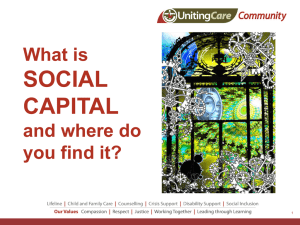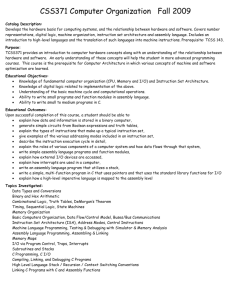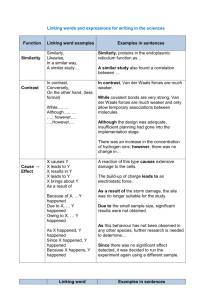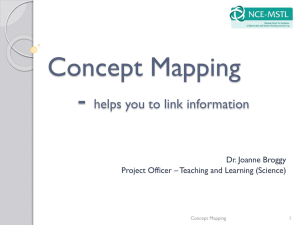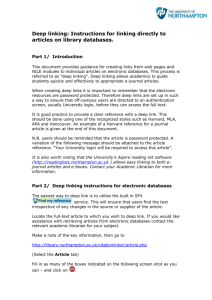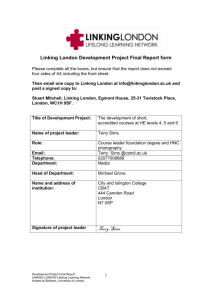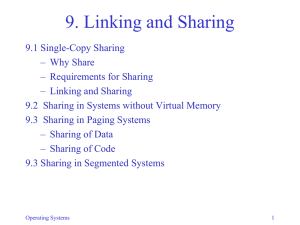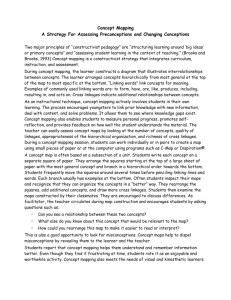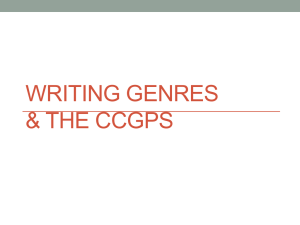Social Capital Work - Martin B. Tracy
advertisement
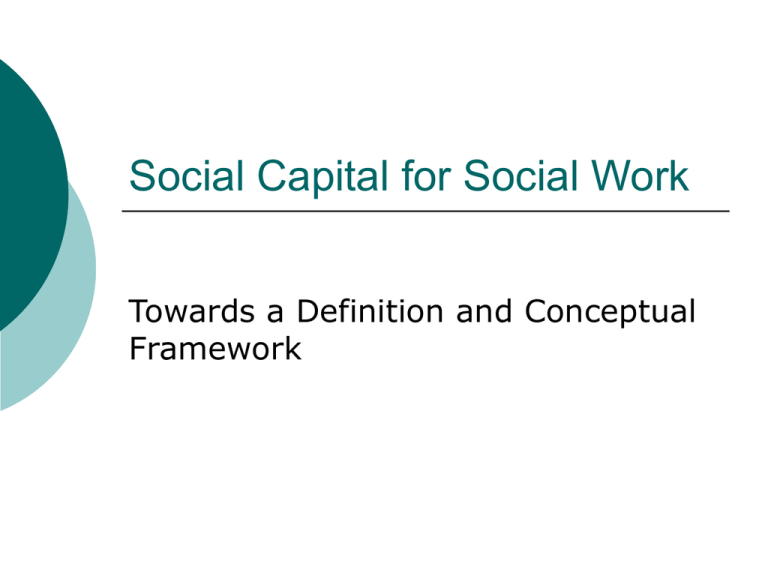
Social Capital for Social Work Towards a Definition and Conceptual Framework Martin B. Tracy, Ph.D. Social Insurance Research International 1519 Canterbury Drive Murray, Kentucky 42071-3250 mbtracy@murray-ky.net Authors Diane N. Loeffler, M.S.W. David Christiansen, M.S.W. Martin B. Tracy, Ph.D. Mary C. Secret, Ph.D. Robin L. Ersing, Ph.D. Sherry R. Fairchild, Ph.D. Richard Sutphen, Ph.D. University of Kentucky, College of Social Work, Lexington, KY Premise Social workers are currently engaged in multiple levels of building social capital. Premise Continued Despite this activity there is little acknowledgement or recognition of social capital in social work theoretical, research, or practice literature. Premise Continued Social work research, practice, and education would benefit from an operational definition of social capital. Definition Social capital is the process of building trusting relationships, mutual understanding and shared actions that bring together individuals, communities, and institutions. This process enables cooperative action that generates opportunities and/or resources realized through networks, shared norms, and social agency. Permanency Social capital is often defined in sociology and political science as the “social glue” or “social fabric”, thus implying fusion and permanency. We suggest that this concept is too rigid and inflexible for the constantly changing social and economic conditions that impact social policy and social work practice. A Fluid Process Social capital is NOT permanent. It must continually be re-generated and nurtured. It is an ongoing process. It is a resource in and of itself that is continually changing. Process as Outcome Our definition emphasizes the sources (what it is), consequences (what it does), and the process (how it does it). The measurable outcomes are the other forms of capital in the community that are a product of social capital. Five Types of Capital 1. 2. 3. 4. 5. Physical (equipment, buildings, tools) Financial (money, fiscal resources) Human (education, training, experience) Cultural (knowledge, music, language, art) Social (a relational process that generates physical, financial, human, and cultural capital). Source: Richard Estes, 2003 Three Subsets of Definition Bonding Micro Level of Practice Bridging Mezzo Level of Practice Linking Macro Level of Practice Bonding The individual’s capacity to generate other forms of capital (physical, financial, human, and cultural capital) Examples of Bonding in Social Work Family therapy Parenting education Child abuse prevention Support for adoptive and foster families Early intervention programs Bridging Social capital that an individual or family can access in his or her community. Connection to formal and informal support networks within the community. Resources (human, financial, physical, and cultural) are realized when these relationships are developed and maintained. Examples of Bridging Relations with: Other parents, Neighbors, The workplace, Faith community, Social service agencies, and Other organizations. Linking Linking social capital connects individuals and families with external institutions enhancing their “capacity to gain access to resources, ideas and information from formal institutions beyond the community.” Source: Allen, Kilvington, Harmsworth & Horn, 2003 Linking Continued Resources obtained by marginalized populations from public policy setting organizations, such as local government agencies, welfare agencies, and housing authorities. An integration of individuals and communities with public policy development, enabling inclusion of recipients in decision making. Source: Woolcock, 2002 Examples of Linking Process of developing governmentNGO partnerships to delivery social services. Communities working with government and NGOs for care of at-risk populations. Examples of Linking in International Programs Linking is an integral component of approaches by World Bank, PHARE Program, Open Society Institute. Many international charity foundations: Ford, Kellogg, Soros, Save Our Children, etc. Summary Social work is currently engaged in social capital at micro (bonding), mezzo (bridging), and macro (linking) levels. Despite this activity, social work theoretical, research, or practice literature does not reflect a recognition of social capital. Summary Continued Social capital is a continuing fluid process aimed at building physical, financial, human, and cultural capital. Its success is measured by its capacity to generate and sustain other forms of capital. Summary Continued The definition is aimed at recognizing that social capital is an integral aspect of social work and stimulating dialogue and research devoted to the intersection of social work practice and social capital development.
